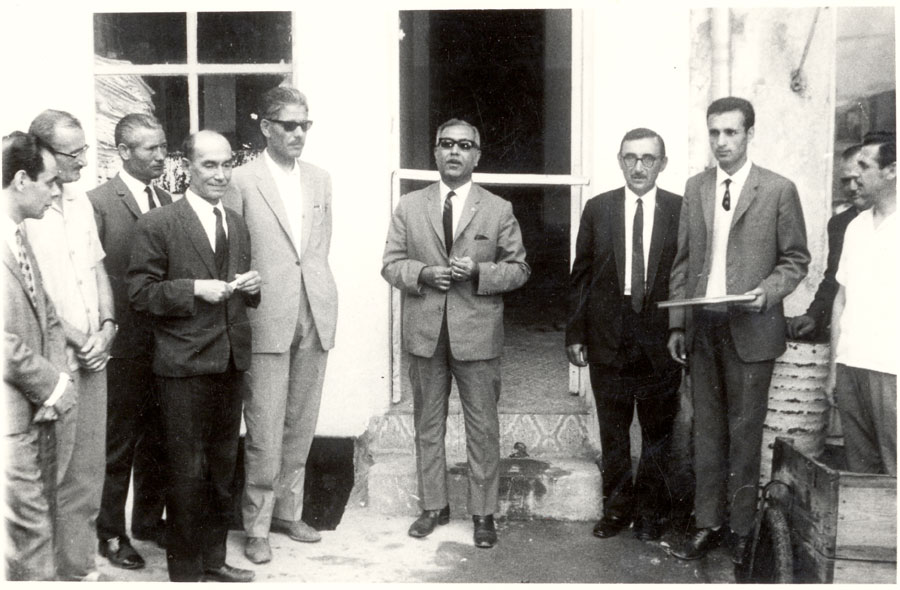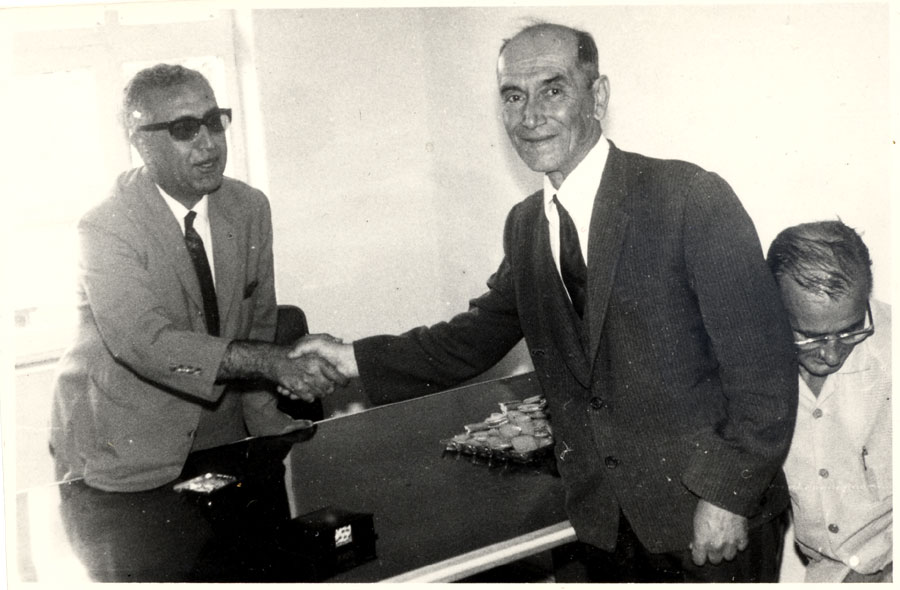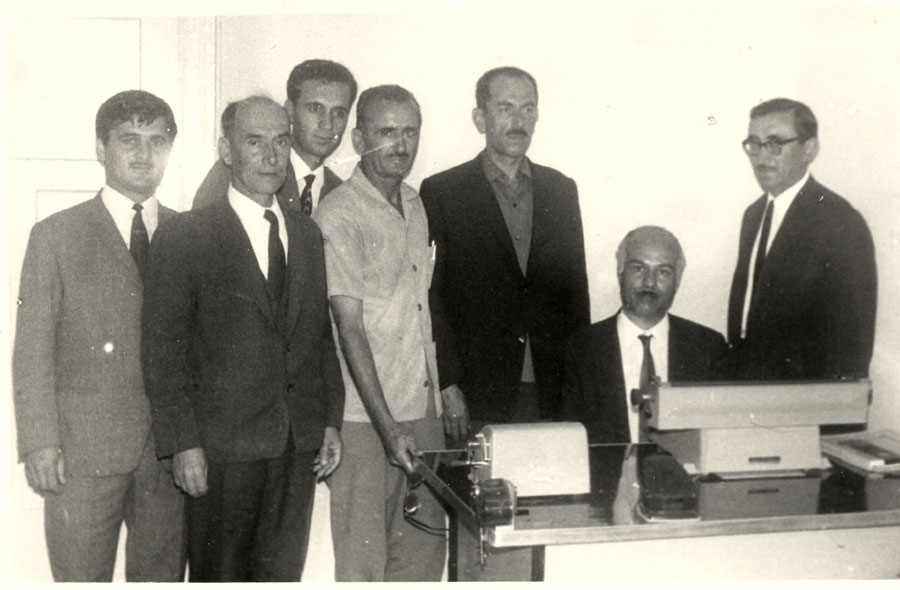

  |
 The first time trade Commodity Exchanges were mentioned was in the regulation belonging to Agriculture and Trade Assembly put into force in 1876 with the The Rescript of Reform dated 1856. With this regulation trade Commodity Exchanges which were foreseen to be established, failed to be encorporated. After that in 1882 Der Saadet Trade Commodity Exchanges Regulation which was aimed for establishing a trade chamber, was given a duty to found a trade Commodity Exchanges but it failed to fulfill this mission. Eventually in 1886 with general Commodity Exchanges regulation a general regulation was provided in a country wide way and in 1891 in Ýzmir the first vourse was established under the name “Trade and Industry Commodity Exchange” and after that in 1913 in Adana in 1920 in Antalya in 1924 in Edirne , Konya and Bursa in 1925 followed by Istanbul Trade and Cereal Commodity Exchanges. 24 Commodity Exchanges were established until 1950 with the new regulations during Republican Period. With the act 5590 Trade Commodity Exchanges, Trade Chambers, Industry Chambers, Trade and Industry Commodity Exchanges and Marine Trade Commodity Exchanges were planned as a separate legal entity and then The Union of Chambers and Commodity Exchanges of Turkey evolved into this position within time.
The first time trade Commodity Exchanges were mentioned was in the regulation belonging to Agriculture and Trade Assembly put into force in 1876 with the The Rescript of Reform dated 1856. With this regulation trade Commodity Exchanges which were foreseen to be established, failed to be encorporated. After that in 1882 Der Saadet Trade Commodity Exchanges Regulation which was aimed for establishing a trade chamber, was given a duty to found a trade Commodity Exchanges but it failed to fulfill this mission. Eventually in 1886 with general Commodity Exchanges regulation a general regulation was provided in a country wide way and in 1891 in Ýzmir the first vourse was established under the name “Trade and Industry Commodity Exchange” and after that in 1913 in Adana in 1920 in Antalya in 1924 in Edirne , Konya and Bursa in 1925 followed by Istanbul Trade and Cereal Commodity Exchanges. 24 Commodity Exchanges were established until 1950 with the new regulations during Republican Period. With the act 5590 Trade Commodity Exchanges, Trade Chambers, Industry Chambers, Trade and Industry Commodity Exchanges and Marine Trade Commodity Exchanges were planned as a separate legal entity and then The Union of Chambers and Commodity Exchanges of Turkey evolved into this position within time.
JURAL CONSTITUTION OF THE COMMODITY EXCHANGES
Trade commodity exchanges are defined in 28th artical of act 5174. According to this trade commodity exchanges are legal entity public institutions dealing with purchase, sale and price determining and announcing. Commodity exchanges can be established in city and towns, and they can open branches within their own working areas.
TASKS
a) Organizing and registering the goods that are related to the commodity exchange
b) Determining and declaring the daily prices of the goods that are related to the commodity exchange
c) Buyer’s and seller’s obligations in terms of delivery, acceptance and payment all types general specifications discreationary arbitration procedures and composing general rules with the approval of TOBB.
d) Making price connection with domestic and overseas commodity exchange markets.
e) Establishing laboratories and technical bureaus to determine the types and attributes of goods that are related to the commodity exchange.
f) Fulfilling the tasks that are set by other legislation and ministry.
g) Determining and declaring the traditions that belong to the commodity exchange.
Trade Commodity Exchange of Karacabey was established on 29th of August in 1968 and it still has 150 members. Commodity Exchange has 14 committee members and the chairman is Mehmet DURMAZ. Administrative council has 5 members and the chairman is Yusuf HOSBAS. Administrative council meets once a week, committee meets once a month. Trade Commodity Exchange of Karacabey from its establishment until the end of 2003 fulfilled its duty in various rental offices. From 2004 January and on, moved to its service building on Bandirma road first kilometer. New service building area is about 22.200 m2 and service building’s sitting area is about 3000 m2. On the basement floor, there’s a physically established laboratory and a steelyard, a restaurant for 200 people, a recreation room for personel and producer and an archieve. On the first floor, there’s a conference hall for 266 people, a sale process hall, a registration section and a accounting section.
On the second floor, there’s a middle conference hall for 60 people and also there are administrative council and chairman rooms and meeting halls. There are Secretary General and secretary information processing rooms, commodityexchange commissioner bureau and a guest house. Trade Commodity Exchange of Karacabey is increasing its trading volume with an increasing acceleration especially since the year 1998.
Purchase and selling registration of agricultural and animal farming products of our town and its villages approved by commodity exchange and the most improtant agrivultural products of our region namely tomato, onion, corn, weed, sugar cane, paddy and etc. all types of vegetable and fruit productions take place.